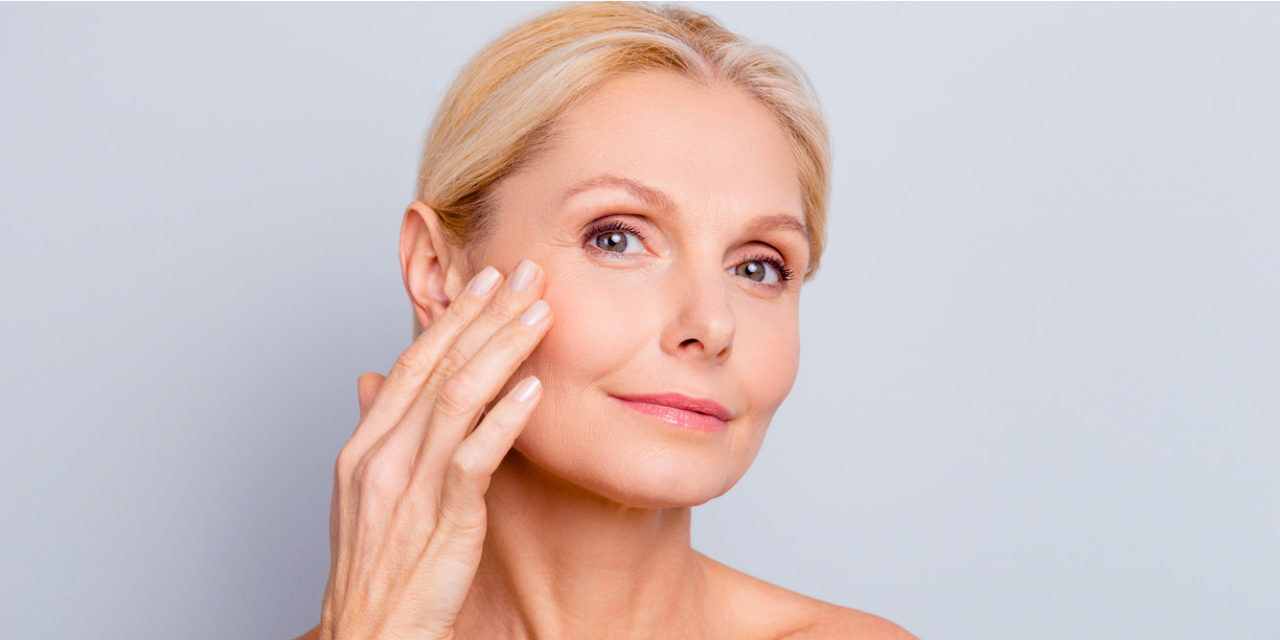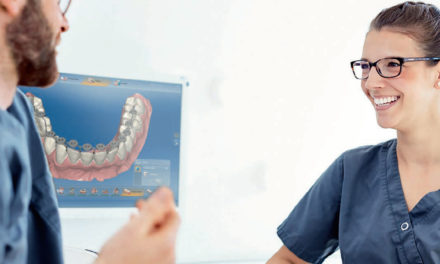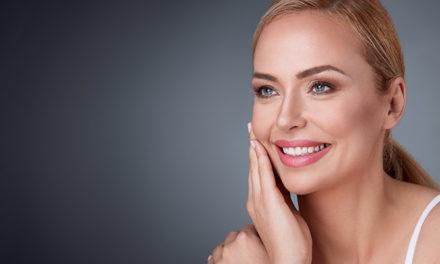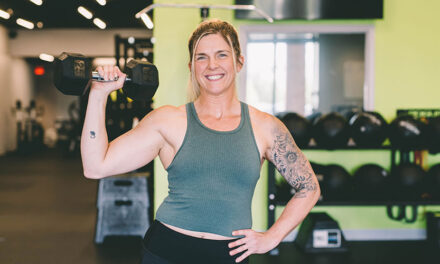Shakespeare said the “eyes are the window to the soul.” Our eyes, eyelids, and brows convey a great deal of emotion and information to those around us. When eyelids start to develop bags and brows start to droop, we may be conveying emotions that we’re not actually feeling such as tiredness or sadness. This may also make us look years older than we are. Sometimes the eyelids can actually block a portion of our vision, causing us to tilt our head back or raise our eyebrows to see better. Another symptom of heavy eyelids is to feel tired or achy around the eyes, especially later in the day.
The most common cause of drooping eyelids is aging. There are a number of changes that occur to the eyelid and surrounding structures as a result of normal aging. Overall, there is descent and deflation of the tissues. There is a loss of volume and downward movement of the soft tissues and bone. The skin itself loses elasticity often resulting in loose or excess skin around the eyes. Sometimes the normal fat pads that sit behind the eye can move toward the skin leading to “bags” under the eyes. Additionally, sun exposure damages the skin resulting in hyperpigmentation (dark spots), uneven skin tone, and wrinkles.
There are a number of other reasons for eyelids to drop. The normal eyelid has two muscles that help to keep it open. If either or both of them become weak, the eyelid rests in a lower position. The medical term for this is ptosis. It can result from age-related changes, prior eye surgery, chronically rubbing the eyes, and contact lens use. The nerves that control the muscles can become damaged due to trauma or diseases, causing the eyelids to sag. Occasionally ptosis can also occur in children when they are born (congenital ptosis).
Depending on the cause of droopy eyelids, surgery can lift the brows, decrease the skin and fat around the upper or lower eyelids, and/or adjust the muscle that helps keep eyelids open. Sagging eyebrows can be raised by both non-surgical and surgical means. A non-surgical, or chemical, brow lift is achieved using a botulinum toxin such as Botox® or Dysport®. These medications relax the muscles around the brow, allowing it to elevate. However, this lift is not permanent and needs to be done every 3-4 months.
Additionally, not all cases of brow droop can be corrected with these medications. For more severe cases, a surgical brow lift may be necessary to suspend the brow back to its original location. This can elevate the brow, reduce excess upper eyelid skin, and decrease the appearance of forehead wrinkles. There are several techniques for surgical brow lifts that can be tailored to each individual.
The excess skin in the upper eyelids can be removed surgically by a procedure called a blepharoplasty. Similarly, a weakened eyelid muscle can be tightened and lifted by a ptosis repair surgery. These are fast and simple surgeries that can be performed under local anesthesia in a doctor’s office. Sometimes insurance policies will cover these procedures if the excess eyelid skin hangs over lashes or if the eyelid is low enough across the pupil that it obstructs a significant portion of superior and peripheral vision. An eye doctor can perform an examination to determine this degree of vision loss. A blepharoplasty can also be performed on the lower eyelids to remove the fat that causes “bags.”
Eyelid rejuvenation techniques have advanced dramatically in the last decade. These minimally invasive procedures can greatly improve a self-confidence as well as vision. Refreshed, vibrant eyes give the appearance of youth and vitality and reveal a person’s true self.
– Dr. Anne Rowland is an Oculoplastic Surgeon with Eye Specialty Group. For more information about eyelid rejuvenation visit drannerowland.com or call 901.820.2318.







